![]() In part 1, we looked at the characteristics of online quizzes and explored how they could be used to assist or assess learning. In part 2, we explored the various question formats and the types of learning for which they are best suited. In part 3, we moved on to the writing of the questions, in particular the traps to avoid. In this fourth part, we have a little light relief, as we see how quizzes can be presented as games.
In part 1, we looked at the characteristics of online quizzes and explored how they could be used to assist or assess learning. In part 2, we explored the various question formats and the types of learning for which they are best suited. In part 3, we moved on to the writing of the questions, in particular the traps to avoid. In this fourth part, we have a little light relief, as we see how quizzes can be presented as games.
Quiz games are still quizzes, in that they can be used assist and assess learning, but they employ gaming techniques to increase learner engagement. We all know how compulsive games can be, so it takes little in the way of imagination to appreciate how much they can add to what would otherwise be a very dry process of drill and practice.
To demonstrate a wide variety of quiz game techniques, I’ve taken examples from a quiz making package called Quizit, unfortunately no longer available. Similar results could be achieved by those with coding skills using Adobe Flash Professional or HTML 5, or by using a number of off-the-shelf quiz game tools.
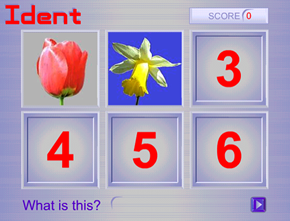
This first example, a classic ‘picture board,’ requires players to type in the name of the pictured object.
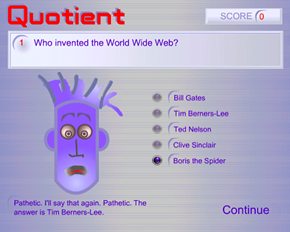
In this variant of a multiple choice quiz, player get rewarded for how close they can get to the right answer. The rather irreverent feedback is delivered randomly from a pool, depending on the accuracy of the answer.
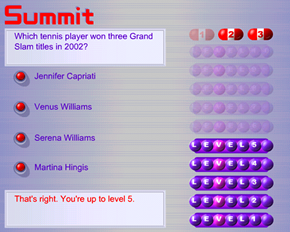
Levels are a classic gaming feature. As the player moves up the levels, the questions get correspondingly more difficult.
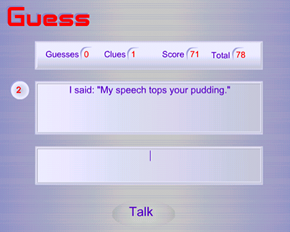
This game is unusual in that it works entirely as a ‘conversation’ between questioner and player. All input is by natural text. Time pressures add to the level of engagement.
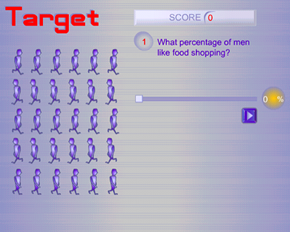
This game works with a slider, which the player uses to make estimates.
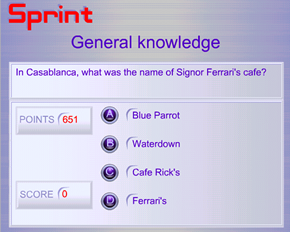
This time players can have multiple attempts at every question, but in the process waste time and points.
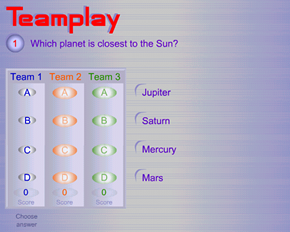
This competitive game can be used with teams of players in a classroom.
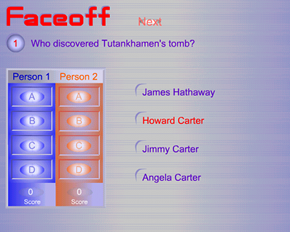
This variant on the competitive game pits two players sitting round the same computer against each other.
Coming in part 5: Making your quizzes robust
Skip to content
